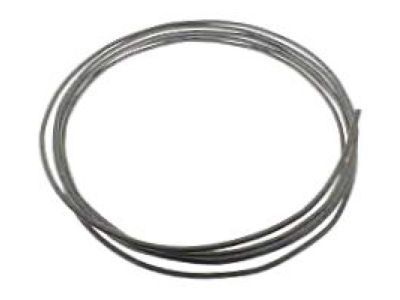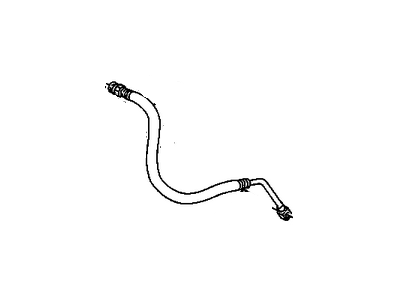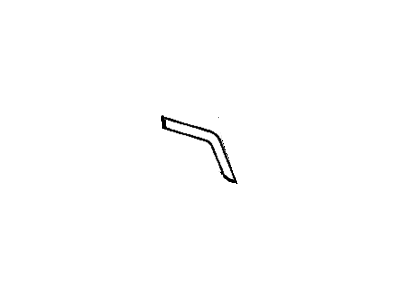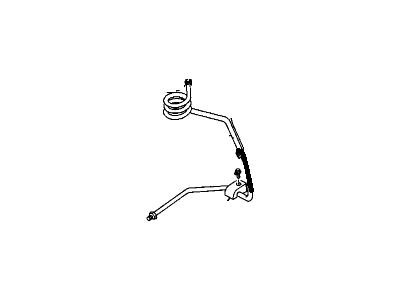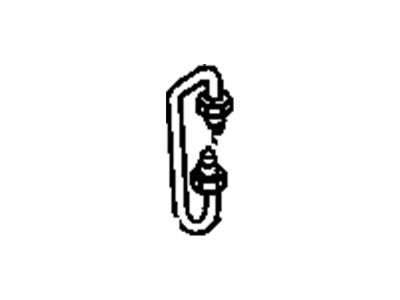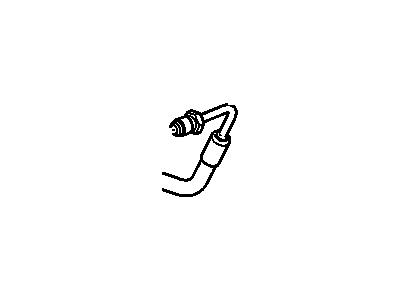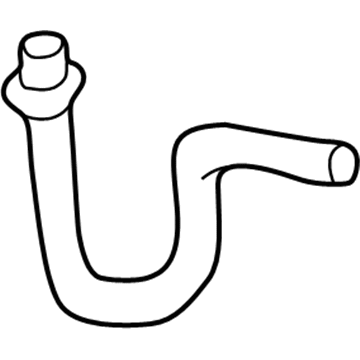
My Garage
My Account
Cart
Genuine Chevrolet K1500 Brake Line
Brake Hose- Select Vehicle by Model
- Select Vehicle by VIN
Select Vehicle by Model
orMake
Model
Year
Select Vehicle by VIN
For the most accurate results, select vehicle by your VIN (Vehicle Identification Number).
27 Brake Lines found
Chevrolet K1500 Pipe,Brake (Bulk Tubing 5/16" 8Mm)
Part Number: 12541500$39.99 MSRP: $63.76You Save: $23.77 (38%)Ships in 1-3 Business DaysChevrolet K1500 Pipe Assembly, Present Limit Valve & Combination Valve Connection
Part Number: 15633167
| Page 1 of 2 |Next >
1-20 of 27 Results
Chevrolet K1500 Brake Line
Chevrolet K1500 Brake Line is an important part which provides brake fluid to the brake caliper pistons through the master cylinder in order for the system to provide hydraulic brakes. Brake lines made of metal are likely to rust and also be vulnerable to impact hence results in leakages of the brake fluid and lack of sufficient hydraulic pressure. There is also a thing like physical and internal wear and tear in brake hoses that also has a toll on the braking system. Prebent brake line kits, as well as stainless steel brake hoses, can be easily replaced and the car gets enhanced pedal feel & response for high performance driving. Replacing the flexible brake hoses with the braided stainless steel ones can offer a marked boost in the increase in the brake responsiveness and the general sensitivity of the brake pedal.
Each OEM Chevrolet K1500 Brake Line we offer is competitively priced and comes with the assurance of the manufacturer's warranty for the part. Furthermore, we guarantee the speedy delivery of your orders right to your doorstep. Our hassle-free return policy is also in place for your peace of mind.
Chevrolet K1500 Brake Line Parts Questions & Experts Answers
- Q: How to inspect and replace flexible brake line on Chevrolet K1500?A:About every six months, inspect the flexible hoses that connect the steel brake lines with the front and rear brake assemblies for cracks, chafing, leaks, blisters, and other damage. Use a light and mirror for a thorough check. If any defects are found, replace the hose with a new one. To replace the hose, clean the ends and disconnect the brake line from the hose fitting using a back-up wrench. Remove the U-clip from the female fitting at the bracket and detach the hose from the bracket. Disconnect the hose from the caliper, discard the copper washers, and attach the new hose to the caliper using new copper washers. Pass the female fitting through the frame or frame bracket and install the fitting with the least amount of twist in the hose. Install the U-clip in the female fitting at the frame bracket and attach the brake line to the hose fitting using a back-up wrench. Check that the suspension or steering components do not make contact with the hose. Bleed the brake system. When replacing metal brake lines, use the correct parts and avoid using copper tubing. Purchase steel brake lines from a dealer parts department or auto parts store. Prefabricated brake lines with flared tube ends and installed fittings are available. Ensure the new line is well supported in the brackets and has sufficient clearance. After installation, check the master cylinder fluid level, add fluid if necessary, bleed the brake system, and test the brakes before normal operation.
